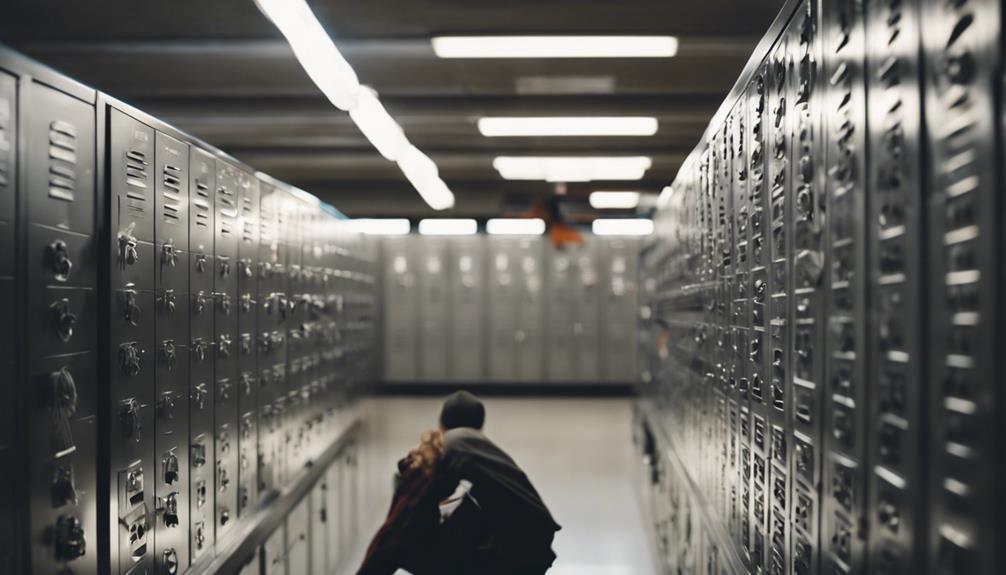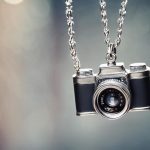To detect a locker room spy camera, conduct a thorough physical inspection. Scrutinize common areas where cameras might be hidden. Look for any odd objects or alterations in the surroundings. Utilize electronic devices like radio frequency detectors and hidden camera detection tools. Sweep the room to pinpoint any suspicious signals. Check hiding spots like ventilation grilles and ceiling tiles meticulously. Be vigilant for suspicious behavior such as individuals overly interested in certain areas. Report any concerns promptly to the authorities for immediate action. Remember, being proactive in detecting spy cameras is essential for maintaining privacy and security in locker rooms.
Physical Inspection Techniques
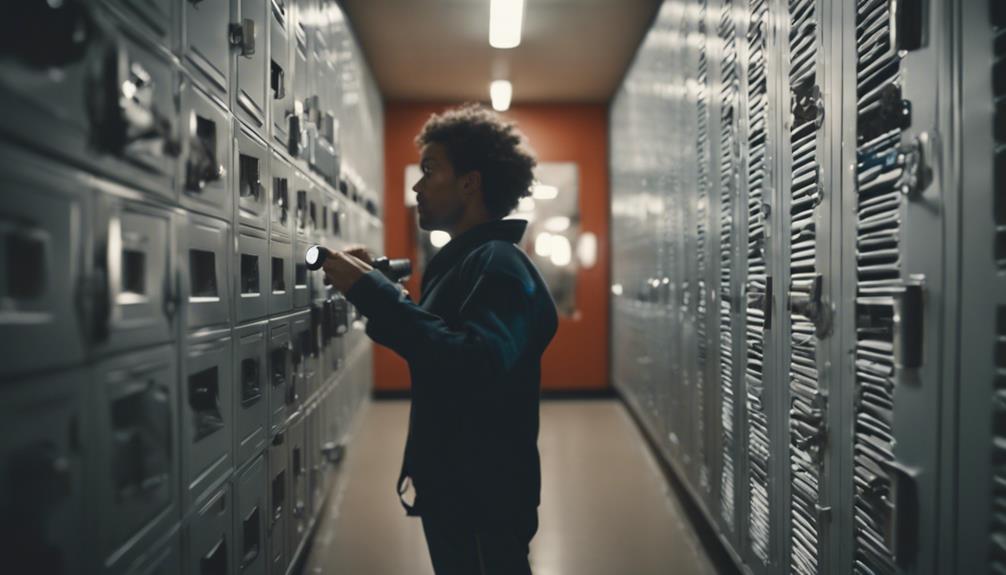
To begin detecting a locker room spy camera, start by carefully examining all physical aspects of the area. Conducting a thorough visual inspection is essential in uncovering hidden cameras that may compromise privacy and security within the locker room. In light of the sensitive nature of these spaces, it's vital to address any potential privacy concerns promptly through stringent security measures.
Initiate your inspection by scrutinizing common areas where spy cameras could be discreetly placed, such as ceiling corners, ventilation ducts, or any other inconspicuous locations. Look for any unusual objects or alterations in the room that could be used to conceal a camera. Pay close attention to items that seem out of place or don't serve a functional purpose in a locker room setting.
Furthermore, make sure that all locker room users are aware of the importance of maintaining privacy and report any suspicions promptly to the appropriate authorities. By diligently conducting visual inspections and implementing robust security measures, you can help safeguard the privacy and security of individuals utilizing locker room facilities.
Use of Electronic Detection Devices
Inspecting for locker room spy cameras can be further enhanced through the utilization of electronic detection devices, which offer a more advanced method to uncover hidden surveillance equipment. These devices are essential for ensuring privacy protection and surveillance security in sensitive areas like locker rooms.
Electronic detection devices work by scanning the area for radio frequencies or hidden camera lenses that may indicate the presence of a spy camera. One popular electronic detection device is a radio frequency (RF) detector, which can identify wireless signals emitted by spy cameras. By sweeping the locker room with an RF detector, you can locate any suspicious signals that could be coming from hidden cameras.
Another useful tool is a hidden camera detector, which uses infrared technology to detect camera lenses that are otherwise invisible to the naked eye.
Check Common Hiding Spots
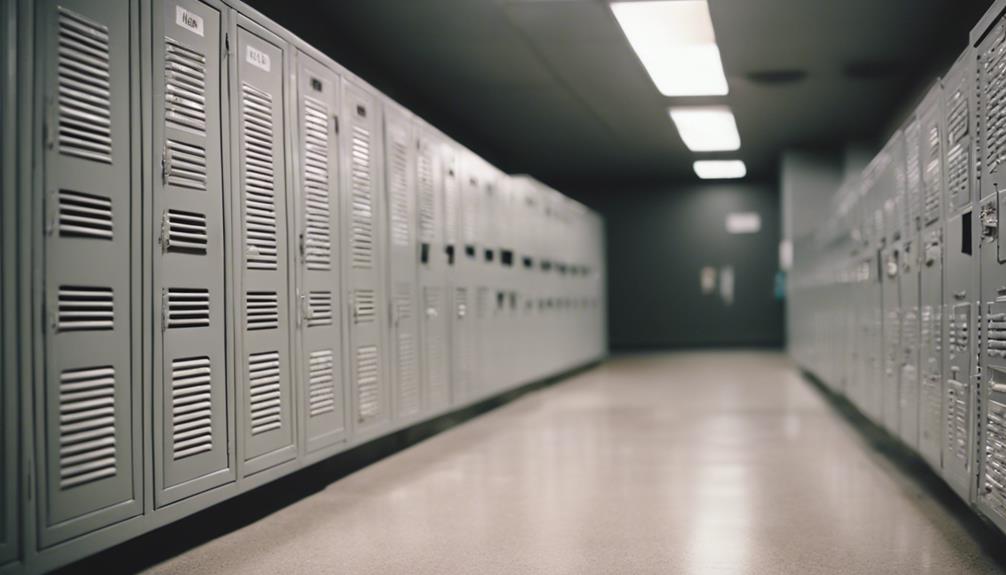
Begin your search for locker room spy cameras by thoroughly examining common hiding spots such as ventilation grilles, ceiling tiles, and electrical outlets. These areas are often targeted by individuals seeking to invade privacy illegally. Preventive measures can include regularly checking these spots for any unusual objects or alterations.
Privacy concerns are paramount when dealing with hidden cameras, as the violation of one's privacy can have severe emotional and psychological effects on victims.
When inspecting these common hiding spots, it's essential to be aware of the legal implications associated with finding a spy camera. In many jurisdictions, the unauthorized recording of individuals in private spaces like locker rooms is a serious offense that can result in legal action.
Safety precautions should also be taken when searching for spy cameras to avoid accidental damage to property or injury. Remember to handle any suspicious objects with care and report them to the appropriate authorities promptly.
Look for Suspicious Behavior
When searching for locker room spy cameras, be vigilant and observant for any suspicious behavior exhibited by individuals in the vicinity. Behavior observation is essential in detecting potential threats to privacy protection.
Look out for individuals who seem overly interested in specific areas of the locker room, especially those that could potentially hide a camera. Pay attention to anyone acting furtively or attempting to avoid detection. Be wary of individuals who frequently visit the locker room but never seem to engage in typical activities like changing or working out.
Additionally, take note of anyone carrying unusually bulky items that could potentially conceal a camera. Watch for individuals who seem to be loitering or lingering in certain spots without a clear reason. Trust your instincts and report any behavior that raises suspicion or makes you feel uncomfortable.
Tips for Reporting and Action
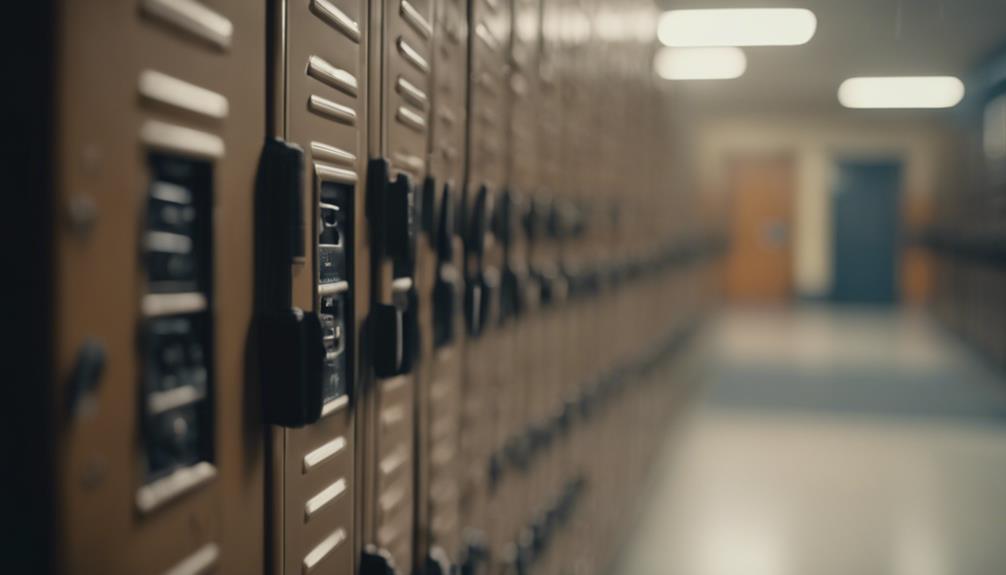
To effectively report and take action against suspected locker room spy cameras, promptly notify the appropriate authorities or facility management with detailed information about your observations. When reporting, make sure you follow established reporting procedures to provide accurate information that can aid in the investigation. Be mindful of the legal implications involved, as unauthorized filming in private spaces like locker rooms is a serious offense.
Support resources such as victim advocacy organizations or legal aid services can offer guidance and assistance throughout the reporting process. It's important to prioritize privacy concerns when handling these sensitive matters. Seek out trusted individuals or organizations that can help protect your privacy while addressing the issue effectively.
Remember that taking action against locker room spy cameras not only safeguards your own privacy but also prevents potential harm to others. By reporting promptly and utilizing available support resources, you contribute to creating a safer and more secure environment for everyone using the facilities.
Conclusion
To sum up, identifying a locker room spy camera requires a combination of physical inspection techniques, electronic detection devices, checking common hiding spots, and observing suspicious behavior.
By following these steps and staying vigilant, you can safeguard the safety and privacy of yourself and others. Remember to report any findings to the appropriate authorities and take necessary action to address the issue promptly.
Stay proactive and informed to protect yourself from potential invasion of privacy.
